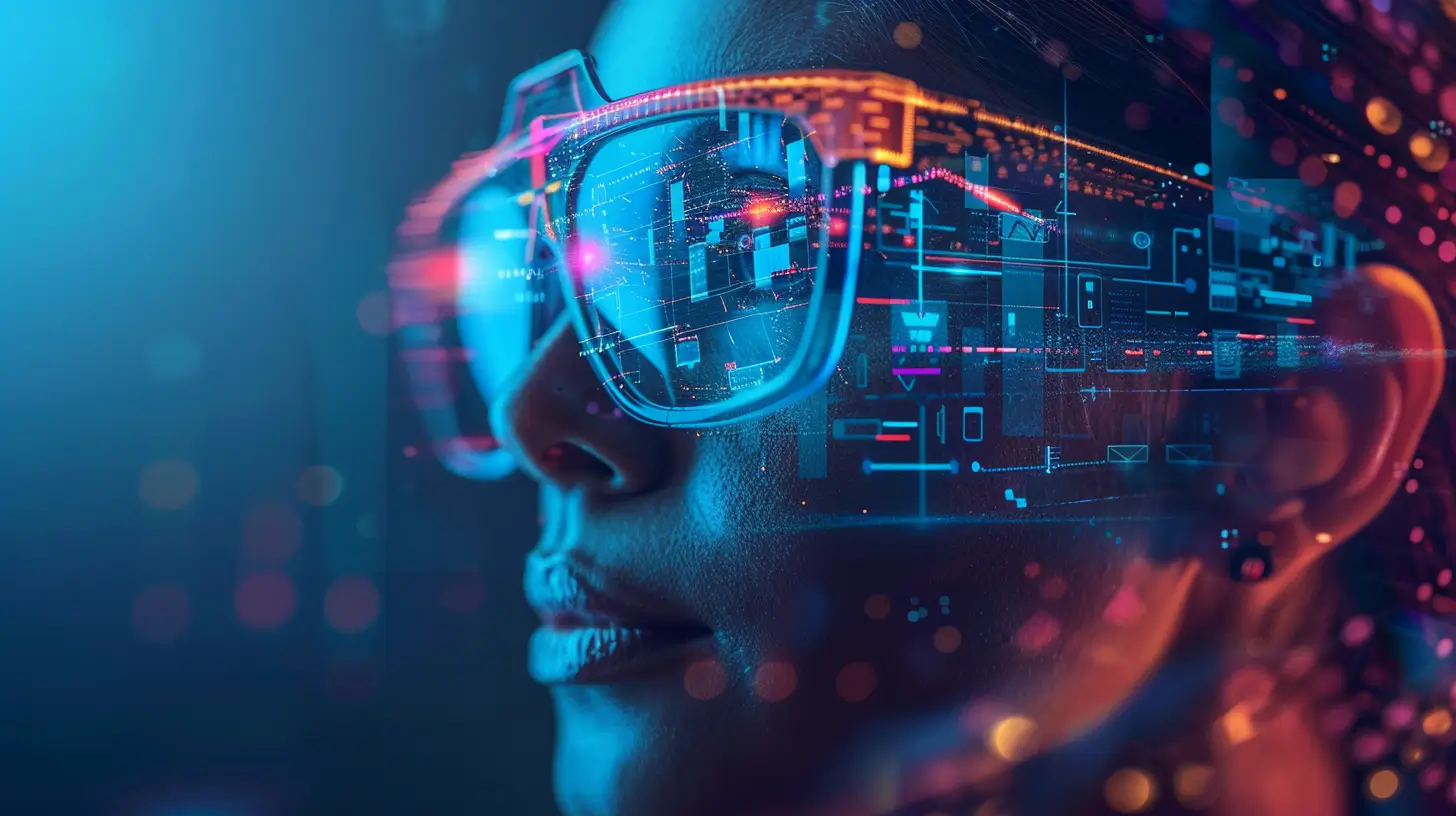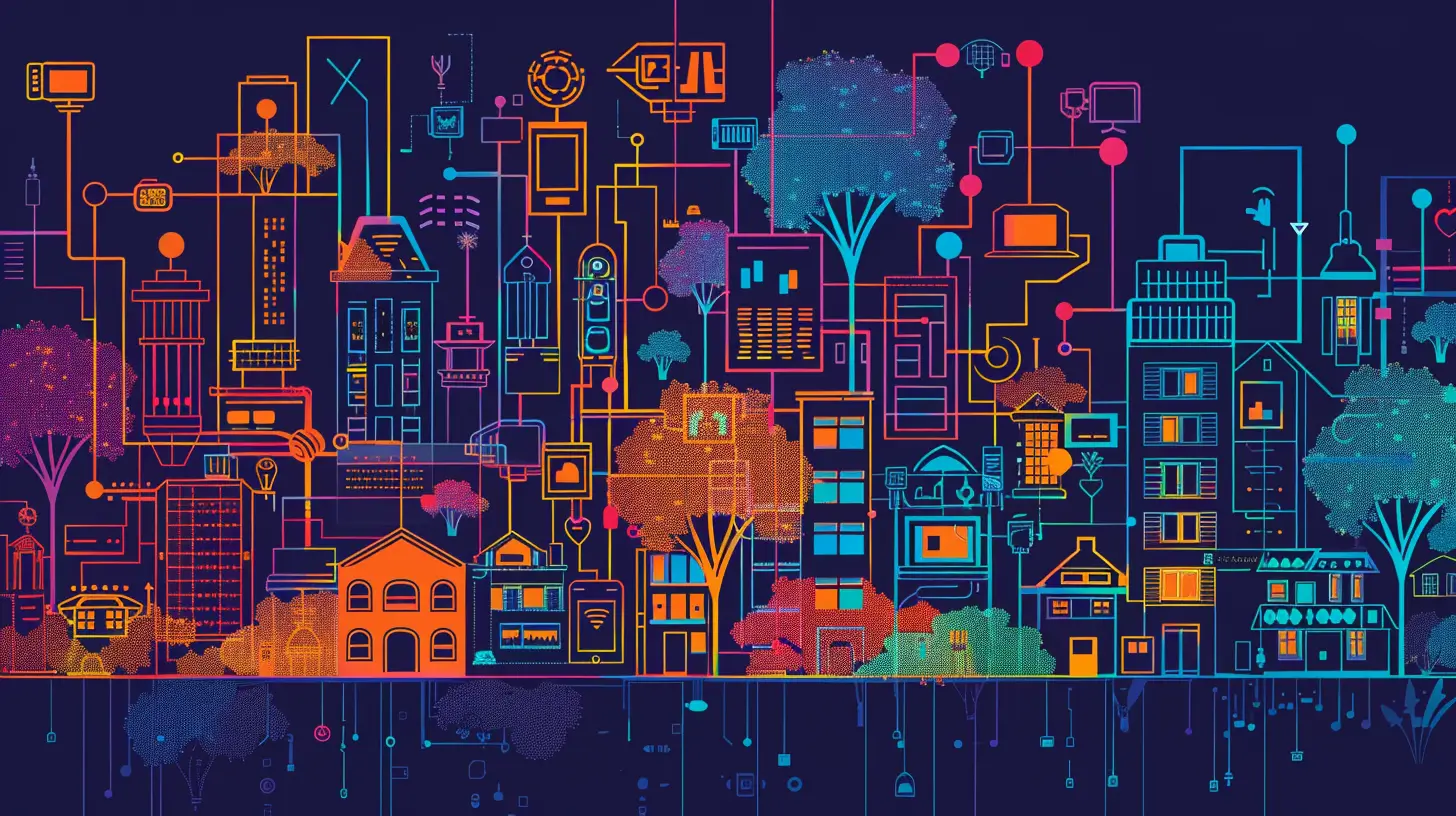Resources for Blind and Visually Impaired Adults
2024-04-01 | By Orcam Staff

When it comes to resources for the blind, there is a wide range of disability support available to help individuals with visual impairments lead independent and fulfilling lives. Organizations like the National Federation of the Blind (NFB) and the American Foundation for the Blind (AFB) offer advocacy, resources, and job training to empower blind adults. Additionally, the Hadley Institute for the Blind and Visually Impaired provides free distance education courses, while the National Library Service for the Blind and Print Disabled (NLS) offers free braille and audio materials. These resources not only provide practical blind assistance but also create a sense of community and support for blind individuals, enhancing their quality of life and promoting confidence in their daily activities.
Living with a visual impairment can present unique challenges, but there are many resources and services available to help blind and visually impaired adults live independently and thrive in their daily lives. From accessibility services to low vision aids, there are a variety of options to support those with visual impairments. In this article, we will explore the comprehensive resources and services available for blind and visually impaired adults.
Understanding Visual Impairment
Before diving into the resources and services available, it's important to understand what visual impairment is and how it can affect individuals. Visual impairment is a broad term that encompasses a range of vision loss, from partial sight to total blindness. It can be caused by a variety of factors, including genetics, injury, or disease.
Visual impairment can impact daily activities such as reading, writing, and navigating the world. It can also affect an individual's ability to work and participate in social activities. However, with the right resources and support, blind and visually impaired adults can lead fulfilling and independent lives.
Types of Visual Impairment
There are two main types of visual impairment: low vision and blindness. Low vision refers to a significant visual impairment that cannot be corrected with glasses, contact lenses, or surgery. Blindness, on the other hand, is defined as having no usable vision.
Within these two categories, there are varying degrees of vision disabilities. Some individuals may have a small amount of usable vision, while others may have no light perception at all. It's important to understand the specific needs and abilities of each individual when providing resources and services for the visually impaired.
Accessibility Services for Visually Impaired Adults
Accessibility services are designed to make daily tasks and activities more manageable for those with visual impairments. These services can include:
Audio description services for television and movies
Braille and large print materials
Accessible technology, such as screen readers and magnifiers
Transportation services for those with mobility impairments
Accessible voting options
Accommodations in the workplace, such as screen magnifiers and voice recognition software
These services can greatly improve the quality of life for blind and visually impaired adults, allowing them to participate in activities and tasks that may have been difficult or impossible without accommodations.
Low Vision Aids
Low vision aids are devices or tools that can help individuals with low vision perform daily tasks. These aids can range from simple magnifiers to more advanced technology. Some common low vision aids include:
Magnifiers: These can be handheld or mounted on a stand and are used to enlarge text or images.
Telescopes: These can be used for distance viewing, such as watching a performance or sporting event.
Closed-circuit televisions (CCTVs): These are electronic magnifiers that can enlarge text and images on a screen.
Screen readers: These are software programs that read text on a computer screen aloud.
Braille devices: These can include braille displays and braille printers for those who are proficient in braille.
Low vision aids can greatly improve the independence and quality of life for those with visual impairments. It's important to consult with a low vision specialist to determine the best aids for each individual's needs.
Resources for Blind Adults
There are many resources available specifically for blind adults. These resources can provide support, education, and community for those with visual impairments. Some examples include:
National Federation of the Blind (NFB): This organization provides advocacy, resources, and support for blind individuals.
American Foundation for the Blind (AFB): AFB offers resources and services for those with visual impairments, including job training and technology assistance.
Hadley Institute for the Blind and Visually Impaired: This organization offers free distance education courses for blind and visually impaired individuals.
National Library Service for the Blind and Print Disabled (NLS): NLS provides free braille and audio materials to those with vision disabilities.
These resources can provide valuable support and information for blind adults, helping them to live independently and confidently.
Services for Visually Impaired Adults
In addition to accessibility services and low vision aids, there are also a variety of services available specifically for visually impaired adults. These services can include:
Orientation and mobility training: This training helps individuals with visual disabilities learn how to navigate their surroundings safely and independently.
Daily living skills training: This training can include cooking, cleaning, and other tasks that may be more challenging for those with visual disabilities.
Support groups: These groups provide a sense of community and support for those with impaired vision.
Vocational rehabilitation: This service can help individuals with impaired vision find and maintain employment.
These services can greatly improve the quality of life for visually impaired adults, helping them to live independently and confidently.
Assistance for the Visually Impaired
There are also a variety of assistance programs available for those with visual impairments. These programs can provide financial support, healthcare assistance, and other resources. Some examples include:
Social Security Disability Insurance (SSDI): This program provides financial assistance to those with disabilities, including visual impairments.
Supplemental Security Income (SSI): SSI provides financial assistance to those with low income and disabilities, including visual impairments.
Medicare and Medicaid: These programs provide healthcare coverage for those with disabilities.
State and local programs: Many states and localities offer assistance programs for those with impaired vision, such as transportation services and housing assistance.
These assistance programs can provide valuable support for those with impaired vision, helping to alleviate financial and healthcare burdens.
Conclusion
Living with a visual impairment can present unique challenges, but there are many resources and services available to help blind and visually impaired adults live independently and confidently. From accessibility services to low vision aids, there are a variety of options to support those with impaired vision. By utilizing these resources and services, blind and visually impaired adults can lead fulfilling and independent lives.
More Stories

Veterans Associations and How They Can Help You - OrCam
2024-06-24 | By OrCam Staff

Top AI Assistive Technologies Enhancing Accessibility | OrCam
Explore how AI-driven assistive technologies are revolutionizing accessibility for individuals with disabilities.
2024-05-29 | By OrCam Staff

AI in Education: Enhancing Accessibility for All Students | OrCam
AI is changing the face of education by enhancing accessibility. Explore practical applications and success stories in educational technology.
2024-05-28 | By OrCam Staff

Revolutionizing Accessibility: How AI & IoT Enhance Assistive Technology
Explore the impact of AI and IoT on assistive tech, transforming accessibility and empowering lives with smart innovations.
2024-05-28 | By OrCam Staff

Transforming Lives: AI & IoT in Assistive Tech | Personal Stories
Read inspiring personal stories about the transformative power of AI and IoT in assistive technology.
2024-05-28 | By OrCam Staff

Unlock Reading Freedom: Tech for the Visually Impaired
Explore the latest in assistive technology designed to empower visually impaired individuals with independence and confidence.
2024-05-23 | By OrCam Staff



